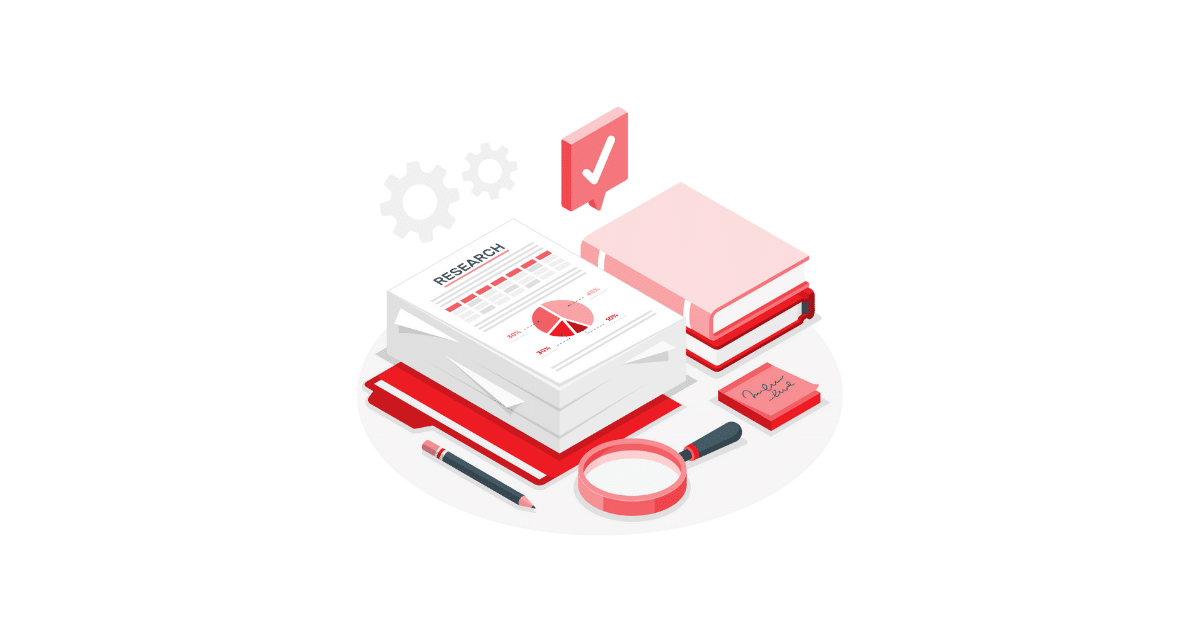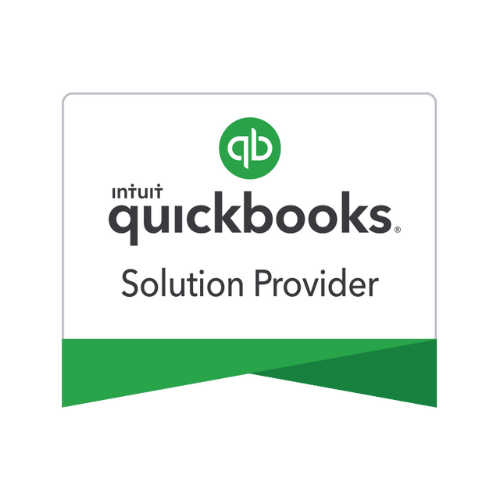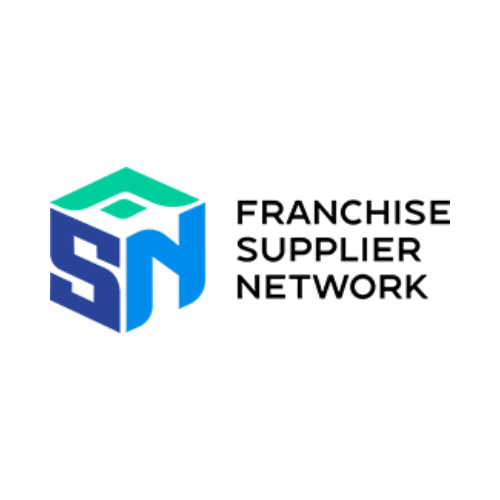Making the switch to a new bookkeeping provider requires careful planning and execution. Whether transitioning due to Bench’s closure or seeking alternative solutions to avoid business disruption, this comprehensive guide will walk you through moving your books while maintaining accurate financial records and business continuity.
Wondering what happened to Bench? Check out our FAQs about the recent Bench Accounting shutdown.
Understanding Your Current Books
Before initiating any transition, it’s crucial to understand your current financial setup. This understanding forms the foundation for a successful move and helps prevent common issues that could impact your business operations.
Evaluating Your Financial Structure
Your current bookkeeping setup likely includes various components that work together. Take time to document:
- Chart of Accounts Structure
Your chart of accounts is like your business’s financial filing system. Document how your accounts are currently organized, including:
- Revenue streams and how they’re tracked
- Expense categories and subcategories
- Asset and liability classifications
- Equity account structure
Understanding this organization helps ensure your new setup maintains consistent financial reporting and makes historical comparisons possible.
- Custom Classifications
Many businesses use custom categories or classes to track specific aspects of their operations. Document any:
- Department or location codes
- Project tracking methods
- Cost center assignments
- Custom tags or markers
Securing Your Historical Data
Essential Financial Records
Before losing access to your Bench account, prioritize downloading these critical documents:
- Financial Statements
- Monthly and annual balance sheets
- Profit and loss statements
- Cash flow statements
- Custom financial reports
These documents aren’t just historical records – they’re crucial reference points for setting up your new system and ensuring continuity in financial reporting.
- Transaction Details
Beyond summary reports, secure detailed transaction records including:
- Individual transaction entries with notes
- Receipt images and documentation
- Vendor and customer details
- Payment records and history
This level of detail helps maintain audit trails and provides context for future reference.
Planning Your Transition Timeline
Creating a Realistic Schedule
A successful transition requires careful timing. Here’s a practical timeline based on standard business needs:
Week 1: Preparation and Export
- Download all historical data
- Document current processes
- Create backup copies of everything
- Verify data completeness
Don’t rush this phase – missing data can cause significant issues later.
Week 2: System Setup
- Configure new chart of accounts
- Set up integration connections
- Establish user access levels
- Define custom reports
This phase requires attention to detail to ensure your new system matches your business needs.
Week 3: Data Migration
- Import historical transactions
- Verify account balances
- Test integrations
- Confirm report accuracy
Build in time for troubleshooting and verification.
Managing Common Challenges
Integration Complexities
Modern businesses often use multiple financial tools. Here’s how to handle common integration challenges:
- Payment Processors
Many businesses struggle with payment processor transitions. To maintain smooth operations:
- Document all current processor connections
- List transaction categorization rules
- Note fee structures and accounting
- Plan for historical data access
- Banking Connections
Reconnecting bank feeds requires careful attention:
- Gather all account details
- Document reconciliation status
- Note any pending transactions
- Plan for transition period coverage
Maintaining Business Continuity
During the Transition
Keep your business running smoothly while changing systems:
- Temporary Tracking Systems
Create interim solutions for:
- Daily sales recording
- Expense tracking
- Bill payments
- Invoice management
- Communication Strategy
Keep stakeholders informed:
- Notify vendors of any payment changes
- Update team members on new procedures
- Communicate timeline to stakeholders
- Provide progress updates
Verifying the Transition
Quality Control Measures
Implement these verification steps to ensure accuracy:
- Balance Verification
- Compare opening balances
- Verify historical totals
- Check current period transactions
- Confirm ending balances
- Report Validation
- Run parallel reports in both systems
- Compare key metrics
- Verify calculation methods
- Test custom reports
Optimizing Your New Setup
Fine-Tuning Operations
Once the transition is complete, focus on optimization:
- Process Improvements
- Streamline workflows
- Enhance automation
- Improve documentation
- Update procedures
- Team Training
- Provide system training
- Document new procedures
- Establish support protocols
- Create reference guides
Moving Forward Successfully
A successful transition isn’t just about moving data – it’s about setting your business up for future success. Consider:
- Regular Reviews
- Schedule monthly checks
- Plan quarterly assessments
- Document lessons learned
- Update procedures as needed
- Future Planning
- Consider scalability needs
- Plan for growth
- Document improvement ideas
- Set up regular maintenance

Getting Expert Support
While transitioning bookkeeping providers requires careful attention, you don’t have to handle it alone. Our team specializes in smooth transitions with:
- Dedicated transition specialists
- Comprehensive support
- Custom implementation plans
- Ongoing assistance
Make the switch from Bench. Contact us at (702) 725-2669 or click here for a free consultation about your transition needs. We’ll help ensure your books move smoothly while maintaining business continuity.









